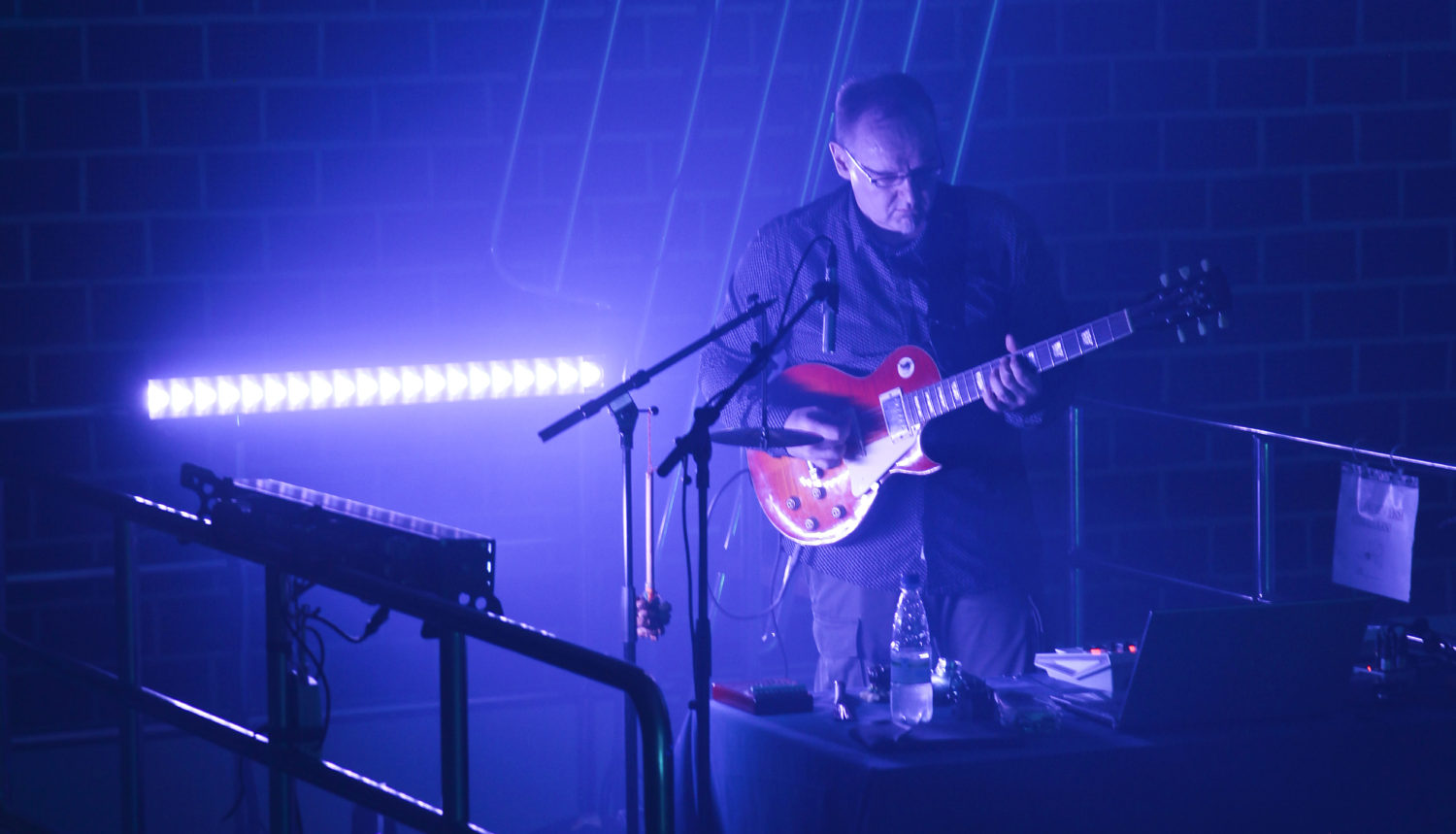Finnish Music Information Centre
Sound Art in Finland
by Tanja Uimonen
2010
…
Sound art is something that you may come across by accident in the street or rather less by accident in art galleries or at art events. Sound artists come from a wide variety of backgrounds: composers, lighting and sound designers, media artists, visual artists and scientists. As of yet it is not possible to undertake formal studies to become a sound artist, and sound art is a bit of a no-man’s-land in the arts sector. In Finland, sound art is promoted for instance by the Charm of Sound Association and by Artist Association MUU.
Sound art in space, music in time?
‘Sound art’ is a catch-all that covers any artworks whose principal component is sound. Usually sound art works have a specific relationship to the space in which they can be heard. The sound is produced using technology, either fully electronically or by recording ambient sounds, and computers and sound systems are used to process the works. As may be deduced from this description, sound art is an extremely broad concept and covers works very different from one another.
The line between music and sound art is vague, though the most obvious distinction is that sound art generally uses sounds not conventionally understood as musical. Another difference is in the relationship of the works to time and space. Sound art works are generally designed for installation in a particular space and can be heard in that space until they are dismantled. Pieces of music, by contrast, generally have one or more performers and a predetermined length, with a beginning and an end and some sort of development or arc between them. Sound art works are object-like and spatial, whereas works of music are transitory and linear.
Environmental sound art
The spatial nature of sound art is highlighted in an exciting way in environmental sound art works, which often incorporate exploratory and empirical features. Among Finnish sound artists, Petri Kuljuntausta in particular is involved in what might be described as environmental sound art. His works reach out from the sphere of art to the surrounding world, the natural environment and even the universe as a whole. His work Noise City (2005), as he explains, is based on sounds of nature: earthquakes, storms, space and the atmosphere. The sound material for the work was recorded in the audience of a concert hall in Vilnius, on the streets of London and on the deck of a car ferry arriving at Rostock harbour.
Many of Kuljuntausta’s works are based on a natural phenomenon introduced into an artistic concept. In his installation Wave Motion (2005), the underlying concept is converting light energy into sound; in Waves & Patterns (2006), sound waves move water; and in Wavetable (2009), sound waves generate patterns in sand under a glass surface that resembles an ordinary coffee table. Kuljuntausta has also created space-oriented sound art projects, using the sounds of the aurora borealis (Northern Lights Live, 2004) and animals (Whistles, Trills and Clicks, 2008).
